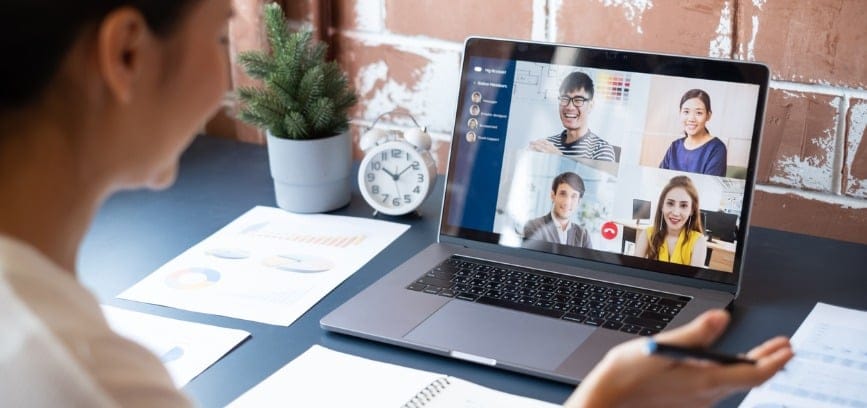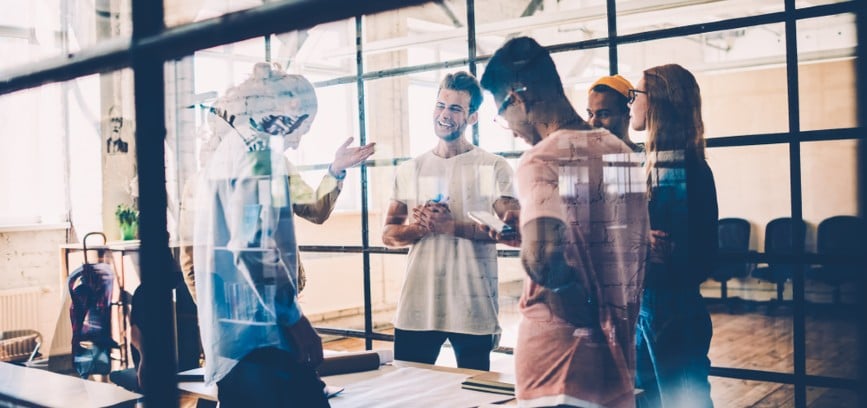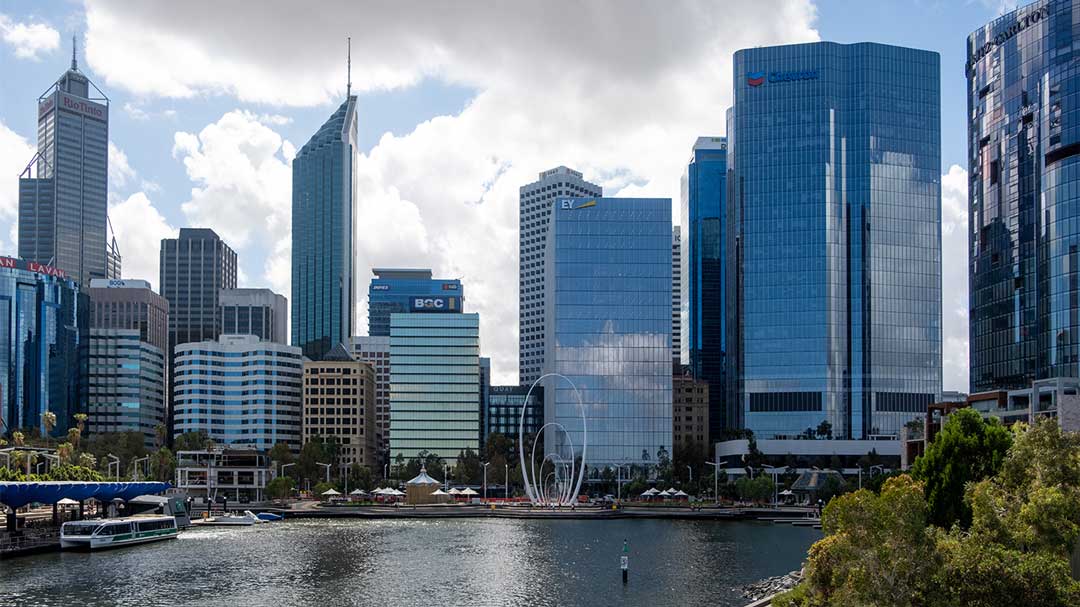After COVID-19: What does the office look like?
The impact of the coronavirus on our society has been far-reaching, some changes were temporary and others had a lasting effect. One area that has been significantly affected is the workplace environment and our expectations for the future of offices.
In previous discussions about the future of work in Australia, we have emphasised the challenges posed by skills shortages, the competition for talent, and the need to manage a diverse workforce spanning multiple generations.
These challenges have thrown up a need for organisations to:
- Increase employee benefits and flexible working options to attract talent
- Compete more readily for talent on a global scale, and
- Reduce focus on degrees, skills and experience in favour of talent and purpose.
In terms of workplace design, we’ve seen businesses adjusting to employee expectations by creating diverse and flexible workspaces, such as quiet zones for deep work, or meeting areas for collaborative teamwork. For employers, this involved an intentional shift to consider the needs of their employees with workspaces that accommodate different types of work and working styles.
3 years after the global pandemic, how has the future of work changed and what can we expect the office of the future to look like?
It’s worth noting that disease and the fear of infection has influenced architecture and the form of our built environments many times in the past. Cholera prompted the introduction of sewerage systems, the bubonic plague in China led to rat-proofing buildings, and tuberculosis is at least partially responsible for the white, clean modernist aesthetic.
There is little doubt that the COVID-19 pandemic has also changing the way we use our workspaces.
Contactless design
Base building architects and workplace designers are prioritising hands-free and contactless pathways through offices, using technology such as voice activation, sensors, facial recognition and smartphones. Ideally, we will be entering our buildings through sensor doors, calling the lift on our smartphones and using facial recognition to enter your office suite, making it to your desk without the need to needlessly touch surfaces. Embracing these technologies will further future-proof workspaces and increase visitor and employee engagement within the spaces.
Flexibility as we’ve never known it
Not-withstanding the negative impact COVID-19 had on the world around us, most of us were empowered with trust from our employers overnight – and most responded in an exceptional manner. Working flexibly and remotely was suddenly normalised and the stigma attached to it has disappeared.
This period has been enlightening, giving us a fresh perspective on the way we work; a reset of work-life balance as we have not experienced in the recent past. We need to remember that with enlightenment comes responsibilities for us as employees, to work proactively to make the new environment work. As such, we’ve identified some success factors for individuals and teams working in the new normal:
1. The ability to work with autonomy
William Shakespeare, as always, makes this point with the least verbiage: “It is not in the stars to hold our destiny, but in ourselves.” Organisations will benefit greatly from team members that are self-directed and who manage up and drive results rather than being passengers on this journey.
2. Physical distance requires – and often builds – trust
Stronger bonds have been built in teams as we prove to ourselves and to each other that we are reliable and available – despite being physically distanced.
3. Flexibility requires an outcome focus
Work is not a rigid time schedule, but rather is about goals you achieve and tasks you master. Our forced work-from-home time has shown us what we always knew, but were frightened to demonstrate: that it is the output and outcome that matter, not that you were still at your desk at 7pm on a Thursday.
4. True connection comes from knowing the people behind the work
We’ve come to know each other on a deeper level now – being let into each other’s sanctuaries. We’ve seen changes in the way colleagues interact. Emotional barriers have been broken down as we’ve witnessed each other on Zoom calls, managing our work and home lives alongside one another. We’re meeting each other’s pets, kids and housemates; seeing inside their bedrooms, living rooms and kitchens.
The clear boundaries between work and home have become blurred and this is often for the better, creating more genuine relationships and greater flexibility in response to different employees’ needs. Our relationships are no longer transactional and will hopefully never return to being just that.
Managers and business leaders have also been innovative in how they support their teams from a distance, with many showing greater concern for employee mental health and wellbeing. As remote workers make up a greater portion of their teams in the future, employers need to continue to facilitate engaging employee onboarding, collaboration and connection.
So what happens next?
IOur workplaces will always play a crucial role in maintaining cultural placemaking and binding teams together. This means that organisations will look at their facilities in a different light and not calculate their required office space based on a rough 10 sqm/FTE (full time employee) which has become the norm. The thought that organisations may now appreciate wider thoroughfares and distancing workstations more spaciously is simply a more exciting and human alternative to the dense population approach of 2019.
Now with hybrid working becoming the norm, focussed work can be done at home, and allowing the workspace as a hub for social connection, incidental conversation and collaboration. The golden moments that are not scheduled and often lead to innovation, happen in the office when no one plans it. By providing an activated, engaged hub which caters for various activities, a new workspace provides a variety of accommodation for staff counts way beyond the traditional 1/10 sqm calculations, whilst decreasing the density of bodies in space at any particular moment in time.
This has lead to some organisations keeping their current leased space but increasing their alternate accommodation, or indeed, decreasing their required space all together. We anticipate that this will need to be assessed for all organisations, based on their unique needs.
COVID-19 accelerated the future of work and the future of workplace design. To help businesses plan their workplace strategy for the future, we have assembled the most crucial future of work knowledge in one place. Check out all you need to know about the future of work here








